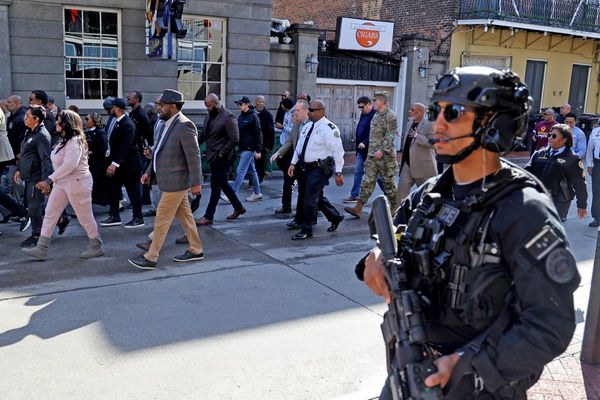
Washington (AFP) - US retail sales slumped for a second straight month in December, according to government data released Wednesday, with its largest drop in a year signaling a key growth engine is faltering.
This comes as separate reports on Wednesday showed industrial output plunging last month, while producer prices made the biggest slump since early in the pandemic.
The US central bank has been raising interest rates steeply to cool the world's biggest economy as households found themselves squeezed by decades-high inflation -- and the effects are rippling across sectors including previously resilient consumer spending.
Retail sales contracted more than expected by 1.1 percent in December from a month prior, to $677.1 billion, said the latest Commerce Department figures.This was down from a revised one percent drop in November.
Falling sales at department stores and gasoline stations proved to be major drags, while the auto and furniture segments also saw declines.
Gas prices plunged last month, and analysts said bad weather across the country could have temporarily held back vehicle sales.
Spending at restaurants and bars took a hit as well, dropping 0.9 percent between November and December, despite remaining strong previously in the face of high inflation.
"Consumers continue to spend, albeit at a pace that is slowing compared to earlier in the recovery," said President Joe Biden in a statement.
Retail sales remains 6.0 percent up from December 2021.
For all of last year, total sales jumped 9.2 percent from a year ago, the Commerce Department said.
Easing inflation
In a separate report, the Labor Department said US producer prices fell 0.5 percent in December from November, the biggest drop since early in the pandemic.
This signals further easing in inflationary pressures, as gauges for goods and energy costs both fell.
"Today, we received more evidence that we are making real progress tackling inflation and lowering costs," Biden added of the Producer Price Index (PPI).
"We are not letting up, and there are even more reasons for optimism this year," he said.
Economist Matthew Martin of Oxford Economics cautioned that "decline to energy overstates the true trajectory of PPI in the months ahead," even if headline inflation will likely continue easing.
"This is wrapped up in more global demand dynamics such as the warmer winter months in Europe as well as uncertainty over China's demand as they attempt to lift Covid restrictions," he told AFP.
Federal Reserve data also showed industrial production plunging 0.7 percent from November to December, a much larger fall than anticipated on "widespread declines" in manufacturing.
Lower energy costs, a stronger greenback and slowing global economy are taking a collective toll on US manufacturing, economists said.
Growth engine hit
More strikingly, "weaker consumer spending momentum at the end of 2022 is a sign the economy's main growth engine is beginning to sputter," said Oren Klachkin of Oxford Economics.
He added that the Fed is "unlikely to unwind its recent monetary policy tightening any time soon," stressing the central bank is comfortable with allowing a recession if consumer inflation returns to a two percent target.
National Retail Federation data released Wednesday also showed that retail sales fell short of forecasts in the November to December holiday season, rising 5.3 percent from a year ago amid persistent inflation and high interest rates.
Ian Shepherdson of Pantheon Macroeconomics noted that the steep drop in December retail sales continues a downward trend since last spring.
Food service sales outperformed for much of last year but the segment is now struggling, according to Pantheon Macroeconomics, which added that consumers are beginning to cut discretionary spending in the face of an uncertain economic outlook and sharply higher borrowing costs.







